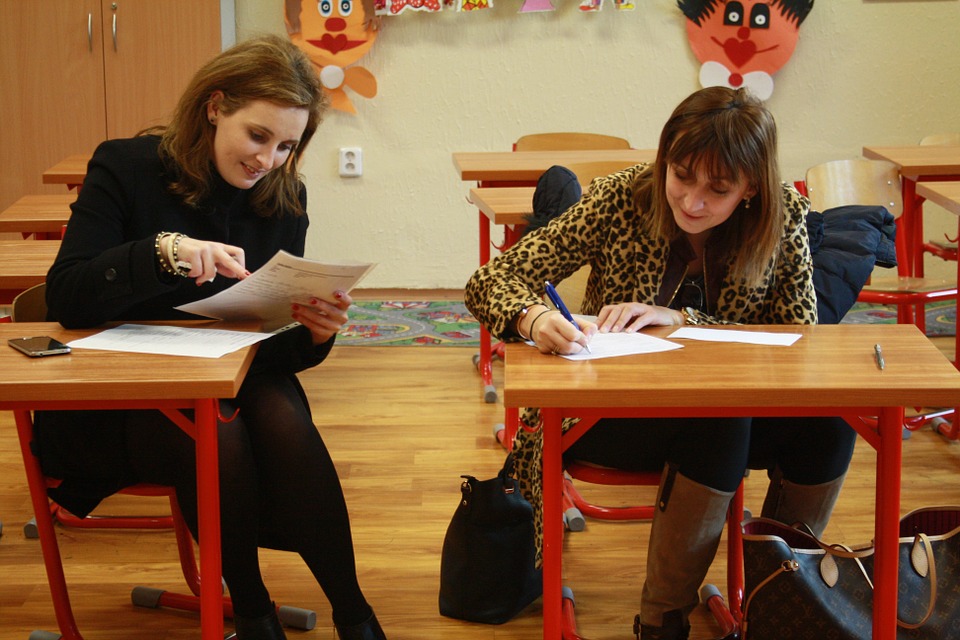How to Plan for Summer Learning Opportunities—Middle School

Here we are—we find ourselves in the middle of spring, with summer just around the corner! As the school year begins to wind down, summer learning opportunities are likely to be the last thing on a middle school student’s mind. As much as preteens and teens would prefer to set aside the school work for a while, the truth is, summer learning opportunities enrich students’ academics and prevent the typical learning gaps that summer can bring. That said, now is the perfect time to begin to look at options for educational summer plans. Whether debating between formal summer school options, camps, or groups, or if you are looking at less structured options for learning, there are a plethora of options for engaging your middle schooler in some summer learning opportunities!
For students entering middle school, the summer after 5th grade can be the perfect opportunity for students to begin accruing their SSL (Student Service Learning) hours toward their 75–hour graduation requirement. Volunteer work, even outside of fulfilling the SSL graduation requirement, allows families to investigate certain needs in their community and reach out to those organizations by volunteering their time. The first step when helping your middle schooler decide how to proceed with their SSL hours is to discuss and identify specific community needs and the service options available to meet those needs. For instance, if your teen is particularly interested in “going green” projects, help him or her explore the local organizations devoted to preservation, recycling, or other green initiatives. Beyond working toward a graduation requirement, through service, middle schoolers begin to develop a sense of independence, responsibility, advocacy, self-worth, cooperation, strategizing, and goal-setting. The service opportunities, especially in our area so close to D.C., are truly limitless.
For some out–of–the–box learning opportunities for your middle schooler, check out Montgomery County Recreation and Parks Summer Guide for 2018. There you will find summer camps for all ages and interests. For children on the younger side of middle school with a culinary interest, options such as Baking Boot Camp, Cook Offs, and Food & Fitness are great programs to get them learning all about their culinary talents. For older middle schoolers with a tech savvy spark, MoCo offers camps for robotics, game development, filmmaking, lego engineering, Youtubing, and a long list of STEM (science, technology, engineering, and mathematics) camps. For your active middle schooler always on the go, check out the many sports and outdoor camps, which offer everything from kayaking, lacrosse, karate, and flag football, to horseback riding, archaeology, and ultimate frisbee.
If you are in need of activities that are even more subtle in terms of instruction, below are a few options and ideas that are less structured than camps or courses, but still allow for some learning in disguise.
When planning a vacation or long weekend over the summer, allow your middle schooler to complete a little research of the location. Depending on what they are able to find, perhaps have them plan an activity or select a “hot spot” for the family to check out during the trip. This subtle activity allows middle schoolers to put their research skills to the test for a real-world purpose.
Provide tokens or incentives for middle schoolers to try out new chores or ways of helping around the house. For instance, teach your teen how to mow the lawn and monitor his lawn mowing skills until he’s mastered the routine. Challenge your child to a laundry competition, in which you race to sort or fold laundry. Plan a sibling versus sibling cook-off, with each parent acting as the sous chef or supervisor of the cooking battle. Subtle challenges such as these allow preteens and teens to attempt new skills or tasks without the pressure of outright school work.
Select a series of movies versus books to read and binge watch together during the rainy summer days/nights. Read and watch together as a family, then discuss which version was better and why. Talk about how the characters either did or did not represent what each person had imagined in their head. Were there any glaring differences between the book and the movie?











